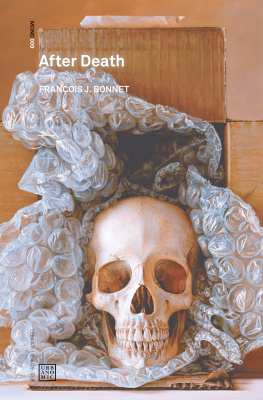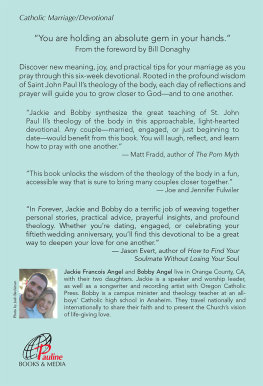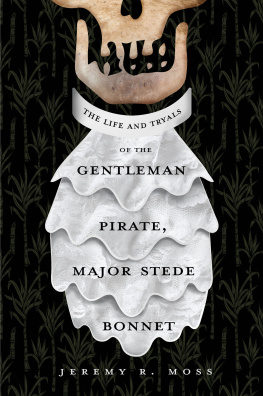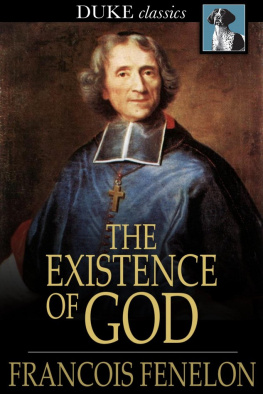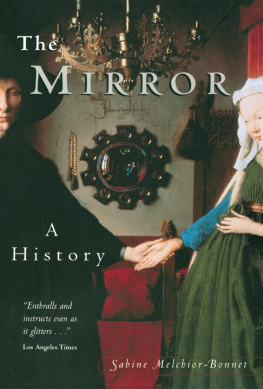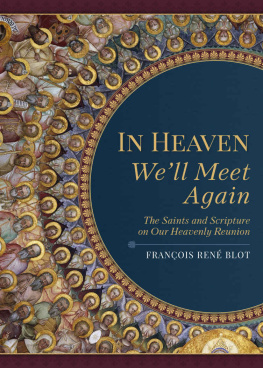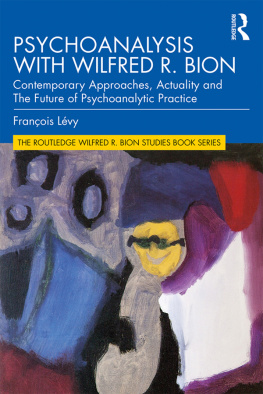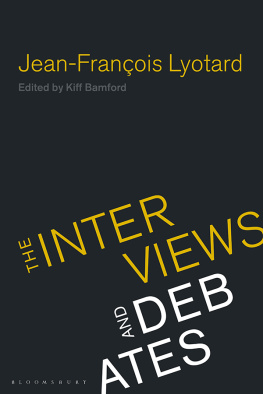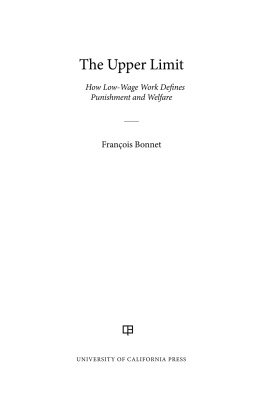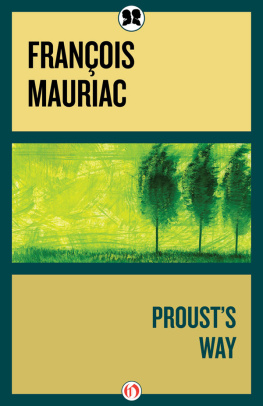Francois J. Bonnet - After Death
Here you can read online Francois J. Bonnet - After Death full text of the book (entire story) in english for free. Download pdf and epub, get meaning, cover and reviews about this ebook. year: 2020, publisher: MIT Press, genre: Romance novel. Description of the work, (preface) as well as reviews are available. Best literature library LitArk.com created for fans of good reading and offers a wide selection of genres:
Romance novel
Science fiction
Adventure
Detective
Science
History
Home and family
Prose
Art
Politics
Computer
Non-fiction
Religion
Business
Children
Humor
Choose a favorite category and find really read worthwhile books. Enjoy immersion in the world of imagination, feel the emotions of the characters or learn something new for yourself, make an fascinating discovery.
- Book:After Death
- Author:
- Publisher:MIT Press
- Genre:
- Year:2020
- Rating:4 / 5
- Favourites:Add to favourites
- Your mark:
- 80
- 1
- 2
- 3
- 4
- 5
After Death: summary, description and annotation
We offer to read an annotation, description, summary or preface (depends on what the author of the book "After Death" wrote himself). If you haven't found the necessary information about the book — write in the comments, we will try to find it.
After Death — read online for free the complete book (whole text) full work
Below is the text of the book, divided by pages. System saving the place of the last page read, allows you to conveniently read the book "After Death" online for free, without having to search again every time where you left off. Put a bookmark, and you can go to the page where you finished reading at any time.
Font size:
Interval:
Bookmark:
Urbanomic Media Ltd.
All rights reserved.
Urbanomic Media Ltd,
The Old Lemonade Factory,
Windsor Quarry,
Falmouth TR11 3EX
United Kingdom
All rights reserved.
Originally published in French as
Aprs la Mort. Essai sur lenvers du prsent
ditions de lclat, 2017.
No part of this book may be reproduced or transmitted in any form or by any means, electronic or mechanical, including photocopying, recording or any other information storage or retrieval system, without prior permission in writing from the publisher.
ISBN (Print Edition): 978-1-913029-70-8
www.urbanomic.com
d_r0
Anaesthesia, Amnesia
I am finite. This is perhaps the one thing I can still say with some certainty, but it may no longer mean what it once did. Death is gradually being eradicated from finitude. Saying I am going to die or just I am mortal is not so simple anymore, not quite so self-evident. Such statements are less definitive than they have ever been. It seems inevitable that advances in biotechnology will soon force us to radically reconsider the traditional notion of death. The word will lose its unequivocal meaning. Already, the cryogenically preserved bodies of affluent death-dodgers sow doubts about deaths finality. If these icy corpses were one day to rise and walk again, what would death mean then? A breach is opening up and a flood of questions is already rushing in: Will we be dead when all of our organs, bones, tissues, and fluids have been replaced one by one, when our old bodies have been superseded by new composite anatomies, assembled and reassembled one part at a time? Having regenerated ourselves several times over, will we be entitled to say, I have died multiple deaths? How many duplications and alterations of our DNA will it take before we consider our original selves to have given way to new selvesthe same yet different, like the ship of Theseus? Will we still be ourselves when our brains, and all of our thoughts and memories with them, have been modelled, reproduced, and uploaded, rendering our bodies obsolete? This isnt the reality we live in. At least, not yet. But even if, for now, immortality remains an unattainable fantasy, life extension technology seems to be getting ever more plausible, so that soon it will no longer be possible to define life as the simple mirror image of death.
However, even if we set aside futuristic narratives that take immortality almost as a given, and simply accept our condition as human beings living in the early twenty-first centuryundoubtedly doomed to perishit doesnt seem to make any difference: death remains out of reach, elusive, implausible, indistinct. Moreover, it is impossible for us to find a grounding in our own mortality. Deathor more precisely, our own deathfalls outside the scope of our experience and as such remains unknowable. We can only confirm our intuition that we are alive for ourselves through the lived experience of our existence. And the one thing that allows us to establish this sense of ourselves as living beings is the fact of our boundedness. None of the many attempts to establish in generic terms what it is to be alive are ever wholly satisfactory. Reproduction, homeostasis, and self-preservation are commonly cited as invariant properties of living organisms, but these functions only make sense in terms of the interiority of an organism. The integrity of a living being immediately implies its circumscription in space. For no organism can sustain itself without a boundary that gives it a form and allows it to interface with the world outside of it.
This boundary, this spatial limit, is something I simultaneously incarnate and grasp through my body; it is effectively all that I am. But this bodily limit is also something I must consign to secrecy each time it reveals itself, plunging it over and over again into obscurity so that a dream of my infinite existence can be perpetuated and expanded. Nevertheless, at some point I must reconcile myself to the fact that the first thing I am conscious of, as a living being, is the fact that I have limits. The limit of the surface of a skin that brings me pleasure and pain; the limits of my growth, my flexibility, my reach; the limits of my strength, my abilities, and my energy; the limits of my senses.
It is these limits, these boundaries, that constitute me as an individual. Self-consciousness is perhaps nothing but an awareness of being finite, of being a boundary between an inside and an outside. If the boundary is compromised and I lose my blood or my grey matter, if my finite-being is entirely opened to the outside, vaporised and dispersed, then my whole experience of the world disappears. My I disappears. Without this boundary to demarcate interior from exterior, no exchange would be possible, and there would be neither interaction nor porosity. Everything would be there already, frozen in an undifferentiated, infinite, and eternal space.
Conversely, the finite character of existence directly entails the possibility, and indeed the necessity, of becoming and relationality. What is irreducible in my being is its finitude. And it is this finitude that opens it up to becomings. To delimit the space and time of ones existence is immediately also to circulate, move, and orient oneself externally and in time. If I am not omnipresent, if I am not eternal, then I can move and becomeor rather, I cannot avoid moving and becoming.
This finite-being, the irreducible core of my existence, superimposed upon and coincident with my body, moves within the exterior space that is the world. This entails an extremely complex interfacing in which sensations, affects, and concepts are aggregated, organised, arranged in hierarchies, exchanged, and distributed among gods, humans, animals, and plants, as well as countless inanimate others, from stones to technical objects to stars.
Lived experience is therefore primarily grounded in the articulation between finite, centred being, and the multiple, potentially eternal and infinite world that surrounds it and embraces it. Infinity and eternity are not to be understood here as mathematical, spatial, or temporal determinations, but are meant instead to evoke the worlds exorbitanceits omnipresence, the limits of which remain unknown. They therefore designate indefinite quantities, and are opposed to bounded, territorial, and finite-being in so far as they are potentially limitless.
Nothing is possible without this coupling of constrained being and immeasurable expanse. It constitutes the axis around which everything resonates and unfolds. This may seem obviousa basic observation we have all made, more or less formally, but always with this coupling serving as the primary matrix of our relationship to the world. It is not at all obvious, however, and cannot be taken for granted. To put it plainly, this coupling is toxic. It leaks. The interface is unstable.
There is a doubling, a divergence between two vital forces: the centripetal force of the progressive, unidirectional existence of finite-being (that which, even today, lasts only from birth to death), and a centrifugal force that drives the multidirectional currents of the social worldthose frameworks of signs that inscribe the individual within a non-oriented time and space that reaches out beyond them.
This doubling arises from the decoupling of two becomings that can no longer hold together, rather than from the confrontation of two antagonistic forces. But there is a dynamic instability here: one force overpowers the other and sucks it in like a vacuum. Bounded, finite-being, overcome, finds itself drawn into the activity and exchanges of the open world. The aim of this text is to show the consequences of this doubling, to render visible its impact upon our lives, to define its toxicity, and to identify its causes. And to bring this process of doubling to light, we shall have to reveal its effects.
Next pageFont size:
Interval:
Bookmark:
Similar books «After Death»
Look at similar books to After Death. We have selected literature similar in name and meaning in the hope of providing readers with more options to find new, interesting, not yet read works.
Discussion, reviews of the book After Death and just readers' own opinions. Leave your comments, write what you think about the work, its meaning or the main characters. Specify what exactly you liked and what you didn't like, and why you think so.

